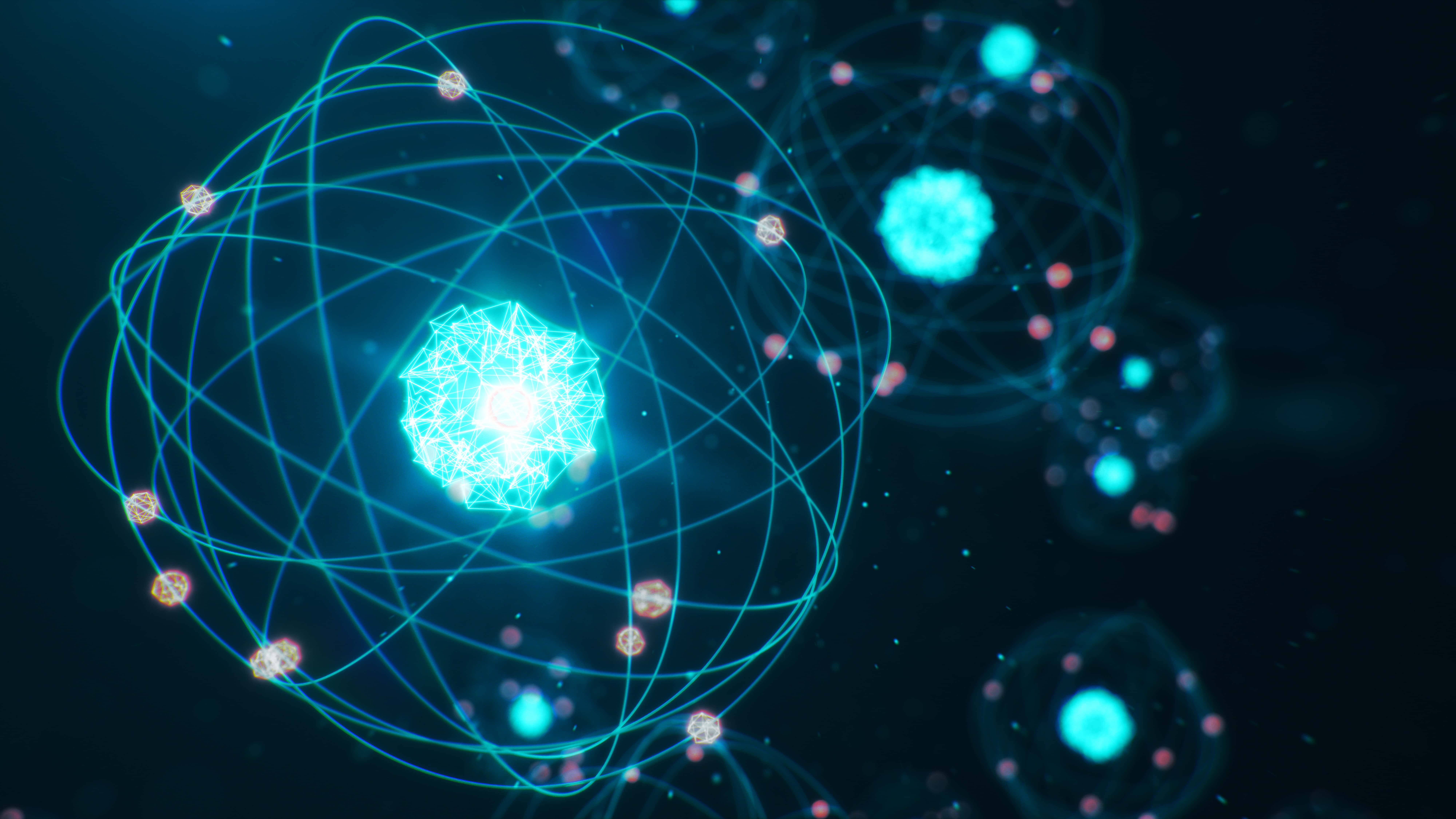Founded in 1984, Frontier Technology Corporation (FTC) has since established itself as a premier provider of sealed neutron sources. Our core source specialty, californium-252 (Cf-252)—a strong neutron emitting element—has practical applications across industries. Neutron scattering is one of the key ways in which Cf-252 finds use.
In this blog, we will provide an overview of the neutron scattering process and reasons why californium-252 is an ideal neutron source to integrate.
What Is Neutron Scattering?
Neutron scattering refers to the dispersal of free neutrons by a neutron source, such as californium-252. While the process occurs naturally, it can also be used in experimental operations to determine the composition and structural characteristics of a material.
Neutrons are ideal for studying the structure and dynamics of material on the atomic scale for the following reasons:
- They have a wavelength similar to the spacing between atoms and energy levels similar to that of atoms.
- They have no charge that can be repelled or attracted by atomic or other subatomic particles.
- They have scattering patterns that are measurable and, therefore, comparable.
Neutron scattering is an umbrella term that encompasses the following two processes:
Elastic Neutron Scattering
Elastic neutron scattering—also referred to as neutron diffraction—measures the atomic structure of a substance without conveying any kinetic energy to it. The energy of the incoming neutron is retained by the neutron, which bounces off the sample at which it has been fired. The angle at which the neutrons are scattered allows observers to determine the fundamental structure of the material without affecting its atomic state.
Inelastic Neutron Scattering
Inelastic neutron scattering transfers kinetic energy into the sample upon impact. This energy transfer may enhance the state of excitation of the sample or reduce it, depending on the material. The process requires the tracking of both the direction in which neutrons are deflected and the energy they emit after impact. These measurements help observers to better understand the vibration and state of excitation of the sample’s atoms.
Advantages & Applications of Neutron Scattering
Neutron scattering is a non-invasive method of observing and analyzing the structure and nature of a variety of materials. By using neutron sources with varying levels of radiation intensity, researchers can attain a deeper understanding of the physical and chemical properties of materials. This knowledge can then be used to develop new working theories and technologies that have a significant impact on societal operations.
Since its discovery in the 1940’s, neutron scattering has contributed to developments in many industries, including, but not limited to, the following:
- Computers and Information Technology
- Environmental Science
- Material Engineering
- Medical
- Nanotechnology and Robotics
- Pharmaceutical
- Physics Research
- Renewable Energy
Neutron Scattering & Californium-252
Californium-252 is a highly radioactive element and cannot be found in nature. However, its high neutron emission levels make it one of the only transuranium elements with practical applications.
As established previously, Cf-252 is suitable for use in neutron scattering operations. Some examples of applications that employ the process include:
- Prompt Gamma Neutron Activation Analysis (PGNAA). Cf-252 neutrons are used to determine the moisture and energy levels of samples through the analysis of their atomic properties, structure, and composition.
- Oil Well and Borehole Logging. Cf-252 sources facilitate the identification and analysis of the physical, chemical, and structural characteristics of rock and earth compositions surrounding a borehole, which allows industry professionals to determine whether the area is profitable for oil and gas extraction operations.
- Portable Isotopic Neutron Spectroscopy (PINS). PINS technology uses Cf-252 sources to penetrate a container and determine its internal contents. The process is used for everything from chemical containers and military munitions to parcels and storage tanks.
Californium-252 Neutron Sources at FTC
Neutron scattering is a highly useful process used in many industrial applications to facilitate material identification and analysis. As the process requires the use of a strong neutron emitter, radioactive compounds—such as Cf-252—are ideal.
For assistance sourcing californium-252 for neutron scattering applications, turn to the experts at Frontier Technology Corporation. As the industry leader in the design and manufacture of californium-252 sources, we can meet your needs. To learn more about our product and service offerings, contact us today.


